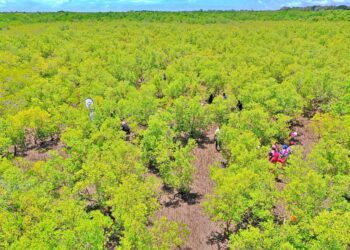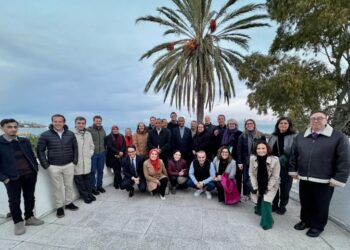Global trends in the white fish market – The global white fish market, including pollock, cod and hake, has undergone significant changes over the past two decades. China, the United States and Spain are at the forefront of demand, driving the industry’s growth as import values rise. Since 2012, frozen Alaskan pollock has dominated Chinese imports, while other white fish species, such as frozen cod and hake, have seen significant trends in this market.
China’s position as the largest importer of white fish is undisputed.
Since 2004, the country has imported $24.6 billion worth of white fish, with frozen Alaskan pollock leading the way in popularity. The increase in pollock imports since 2012 reflects a change in consumer preferences, with cod and haddock also holding a significant market share. In 2011, China imported 153 million dollars worth of frozen haddock, a peak year for this product.
The United States follows closely as the second largest importer of whitefish globally, having imported over $24.1 billion in the past 20 years. Interestingly, frozen cod fillets have been the top choice for US consumers since 2012, with an import value of $610 million recorded in 2022, the highest. Despite a decline in 2023, the US continues to rely on imports of frozen cod and other white fish products to meet domestic demand.
Spain, the third largest importer, has shown continued interest in white fish, especially after Brexit, which has positioned the country as the largest consumer of white fish in the European Union. In 2023, Spain imported $933 million worth of white fish, with frozen hake fillets standing out, worth $297 million.
International trade dynamics, such as the US ban on fish products of Russian origin, have created new opportunities for countries like Vietnam, which exports a significant volume of pangasius. This species, while not traditionally dominant in some of these markets, is slowly gaining ground due to its convenience and nutritional value.
Whitefish will continue to be a cornerstone of seafood consumption in many regions, and market fluctuations offer both challenges and opportunities for exporters. As demand for sustainable and diverse seafood products increases, countries will need to adapt to meet the evolving needs of consumers around the world.
Global trends in the white fish market







